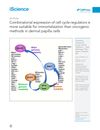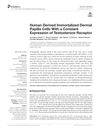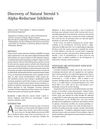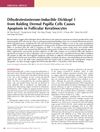Comprehensive Transcriptome Data to Identify Downstream Genes of Testosterone Signaling in Dermal Papilla Cells
November 2022
in “
Scientific Data
”
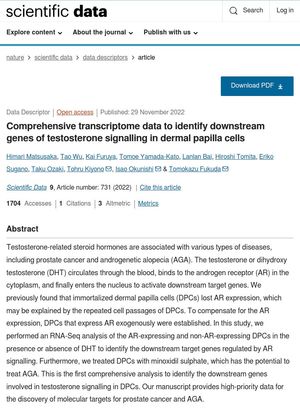
TLDR The research identified genes and non-coding RNAs in cells that could be affected by testosterone, which may help understand hair loss and prostate cancer.
The study aimed to identify genes affected by testosterone signaling in dermal papilla cells (DPCs), which could help understand androgenetic alopecia (AGA). The researchers found that the androgen receptor (AR) is suppressed in human DPCs. After introducing AR into DPCs, they found that the expression of caveolin-1 is suppressed in AR-expressing DPCs, but recovers after dihydroxy testosterone (DHT) treatment. The study identified 27 downregulated genes and 130 upregulated genes as potential candidates for downstream genes of AR signaling pathways. The study also identified 168 differentially expressed non-coding RNAs, which could control gene expression. The data sets could be useful for studying the effect of AR signaling on prostate cancers and AGA.

